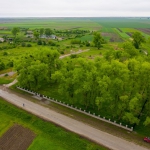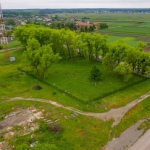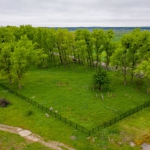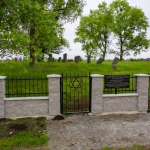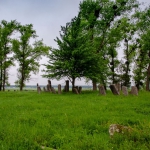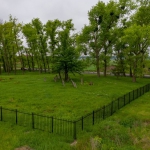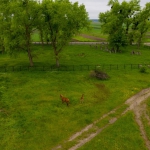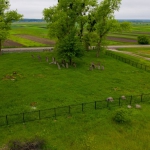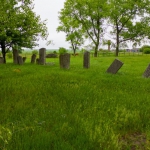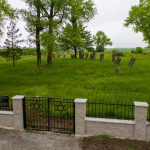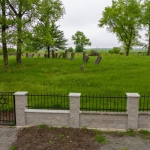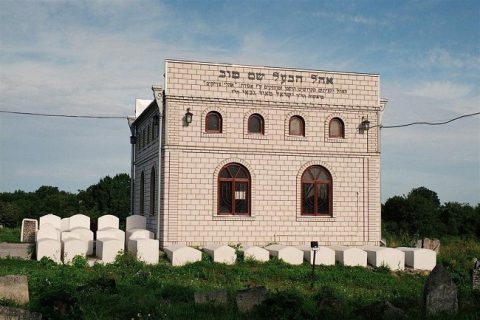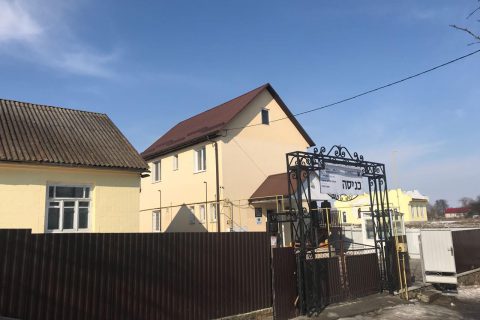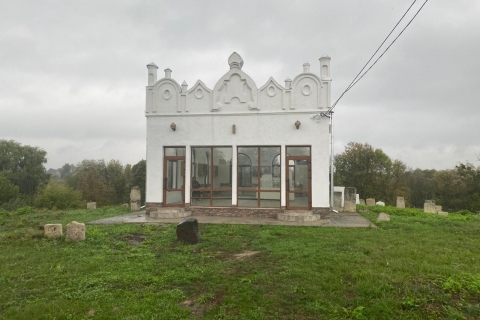Leshniv was home to a Jewish presence since the early 17th century. The community engaged in crafts and trade as it grew, and by the early 19th century, the first synagogue was built in the village. At the turn of the 20th century, Leshniv was home to around 513 Jews (26% of the total population), with the community peaking around 1911, when 800 Jewish residents lived there. Nazi forces occupied Leshniv in the summer of 1941, and a ghetto was established on November 2nd, 1942. The ghetto was liquidated on April 17th, 1943, and the Jews of Leshniv were transported to the Brody ghetto, where they were forced to live in cramped, unsanitary conditions with around 9,000 Jews from the surrounding region, the majority of whom were murdered en masse on May 1st, 1943, or transferred to the Belzec and Majdanek death camps. After the war, only 19 Jews returned to Leshniv.
The exact date of the establishment of Leshniv Jewish cemetery is unknown, however, it contains around 50 preserved tombstones, some dating back as far as 1884. When ESJF first visited the cemetery in 2019, as part of the European Commission-funded pilot project, “Protecting the Jewish Cemeteries of Europe”, it was found to be overgrown, with a telecommunications tower on the site putting it at risk of further development.
In 2021 ESJF with the support of Geder Avos and American Jewish philanthropic organizations cleared the site, demarcated the boundaries, and erected a fence around the cemetery.
This fascinating cemetery and those buried within are now afforded the protection and dignity they deserve.
click to view larger images:




